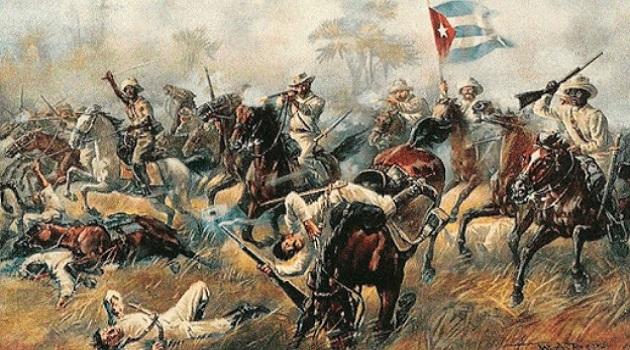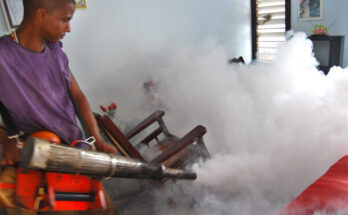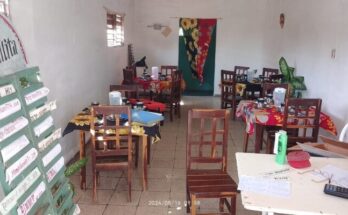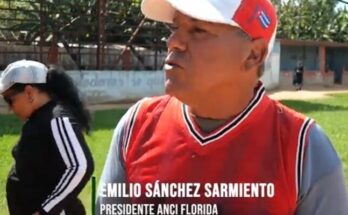On August 24, 1879, the redeeming shots returned to the Cuban insurgent manigua, aiming to conquer the true peace with independence and abolition of slavery, objectives frustrated with the Zanjón Pact; La Guerra Chiquita began in Cuba, a new stage of liberating struggle of the Cuban people, continuation of the struggles initiated in 1868.
And although the armed uprising led by Calixto Garcia lasted less than a year and did not reach a national character, since the main uprisings covered certain areas of Oriente and Las Villas, it was a clear indication that for the Cuban insurrectionists the Peace of Zanjon was not the last chapter of the struggle for independence from Spanish colonialism.
The adverse factors led to the failure in the different territories that rose up; it was significant the Confluent Pact, signed on May 29, 1880 by Major General Guillermo Moncada and Brigadier General José Maceo; On the other hand, Colonel Emilio Núñez remained fighting until December 3, when he laid down his arms, thus ending the second independence attempt of the Cubans.
In spite of its short duration, La Guerra Chiquita constituted an essential moment of the patriotic history, because it demonstrated the validity of the independence ideal and the unbreakable decision of the Cuban people to obtain its definitive emancipation.





